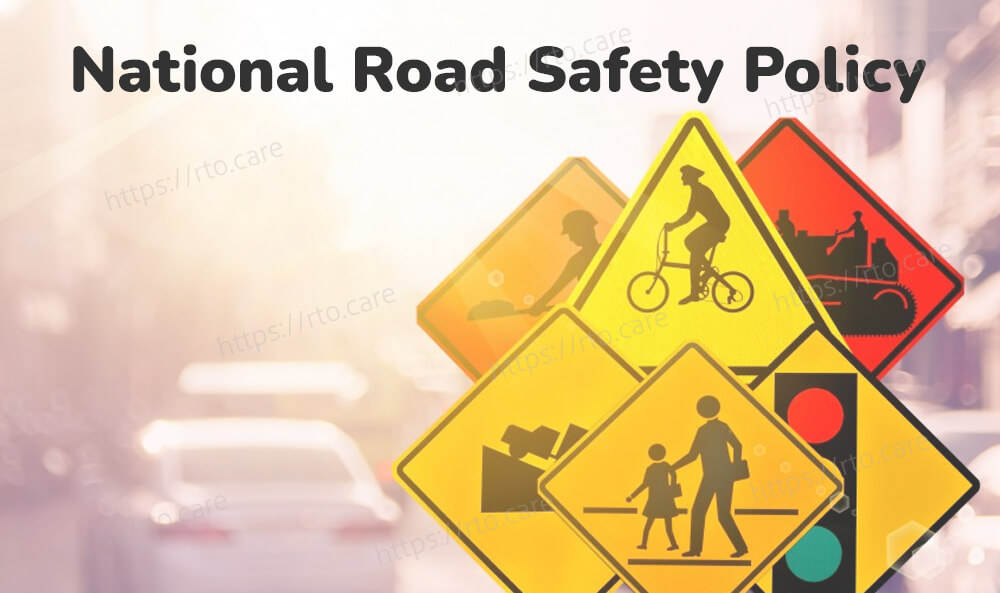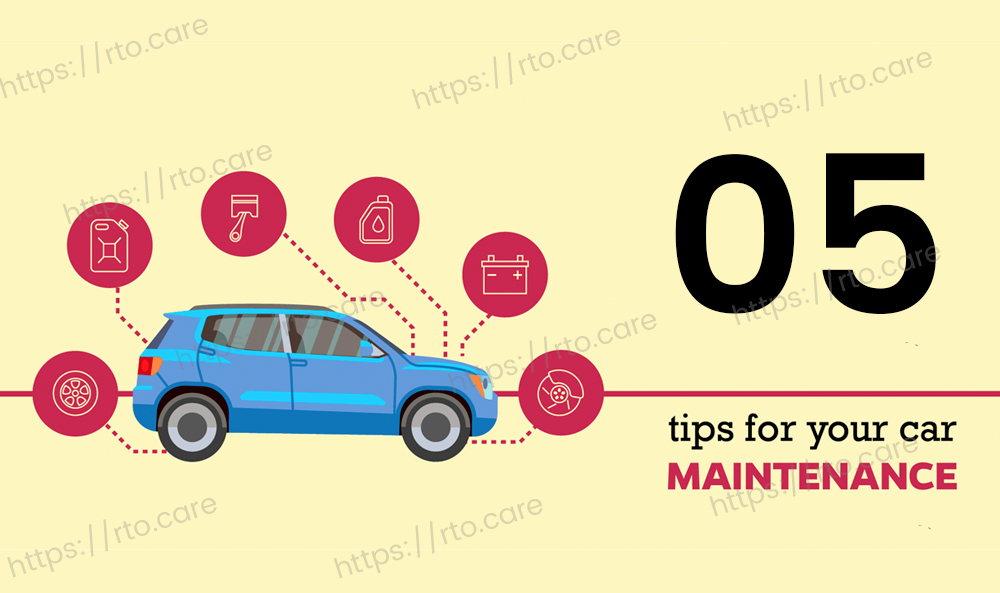The Indian government has acknowledged that traffic accidents are a primary source of death in the country. It has also acknowledged the need of addressing road safety in order to minimise the amount of traffic accidents, fatalities, and injuries. This must also be viewed as a collaborative effort/responsibility of the state and federal governments. The National Road Safety Policy is the government's contribution to this initiative.
Statements of Policy
The government has made the following initiatives to improve road safety.
Raise awareness about road safety problems.
The government will step up its efforts to raise awareness about road safety in all of its facets. This encompasses the consequences of traffic accidents and the procedures that must be done to limit the frequency of events. The goal of this is to allow and empower everyone on the road to play a significant part in promoting road safety.
1. Road Safety Information
The government would assist Union Territories, States, and local governments in improving the quality of data collection, transmission, analysis, and crash investigation.
2. Safer Road Infrastructure
The government will take steps to ensure higher standards in the design and safety of urban and rural roadways. Intelligent Transportation Systems (ITS) will be used to create an efficient and safe transportation system that is on par with worldwide best practises.
3. Safer Vehicles
Vehicles on the road must be certified as meeting international standards in order to pose the least risk to road safety and environmental impact. The safety elements of cars must be monitored from the design, manufacture, operation, and maintenance stages.
4. Improved road safety for vulnerable road users
The requirements of road users (including the physically challenged, the vulnerable, and non-motorized transportation) will be considered in the design and construction of all road infrastructure. While working on roadways, city planners, highway engineers, traffic engineers, and architects must adhere to best practices.
5. Education and Training for Road Traffic Safety
Publicity efforts, training, and teaching will be utilised to raise awareness and instil understanding of road safety among the general public (both in the community and in educational institutions).
6. Enforcing Safety Regulations
The Government of India would assist various state and other governments in strengthening enforcement. This will make the application of safety laws more consistent and effective. The quantity and frequency of highway patrols on national and state highways will also be enhanced.
7. Emergency Medical Services for Car Accidents
The government will make every effort to guarantee that everyone involved in an automobile accident receives prompt, high-quality medical treatment. The key characteristics of such medical treatment are efficient rescue operations, first aid at the accident scene, and sending the injured to the hospital for further care.
Furthermore, the government will guarantee that all hospitals near National Highways/State Highways are adequately prepared to care for people injured in traffic accidents.
8. Human Resource Development and Road Safety Research
The government will support road safety research programmes. This involves determining priority topics, supporting research, establishing research and academic institutions, and so on. The government will communicate the findings of such research through seminars, training, publishing, conferences, and websites.
9. Strategy Implementation
The National Road Safety Board is an institution established by the government to oversee road safety issues. This board is intended to propose strategies for implementing the Road Safety Policy. The government will also establish a National Road Safety Subsidize to fund road programmes.










